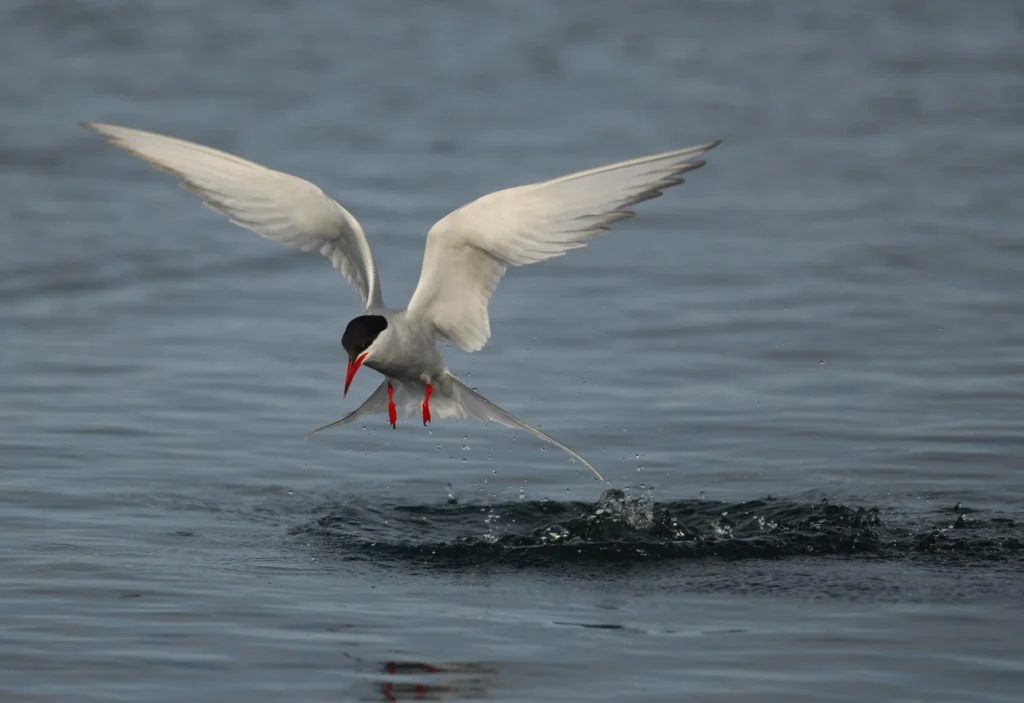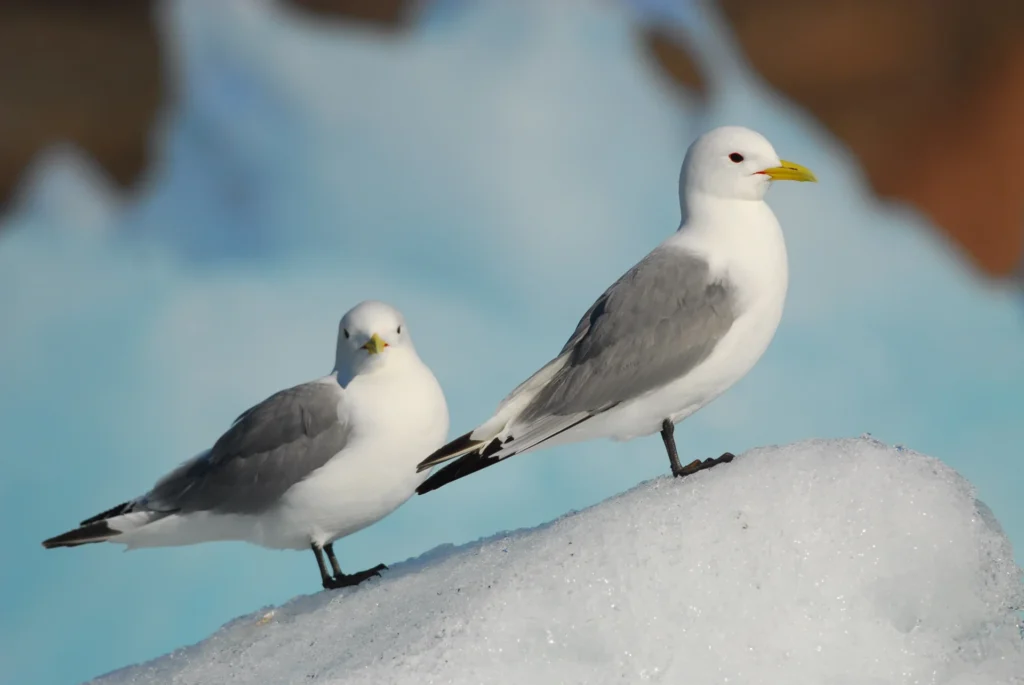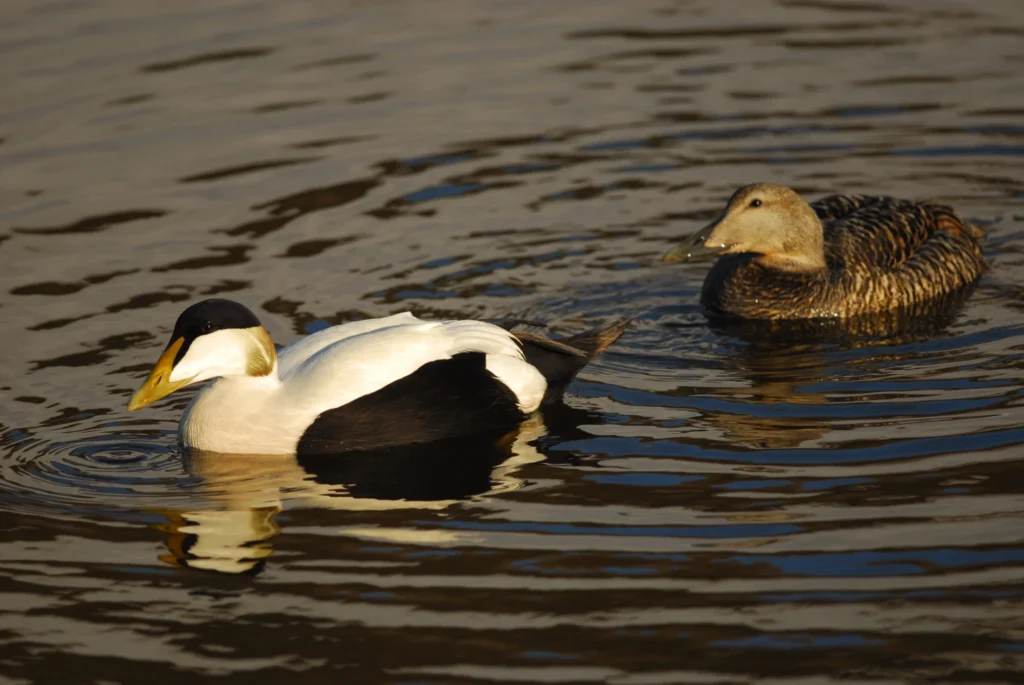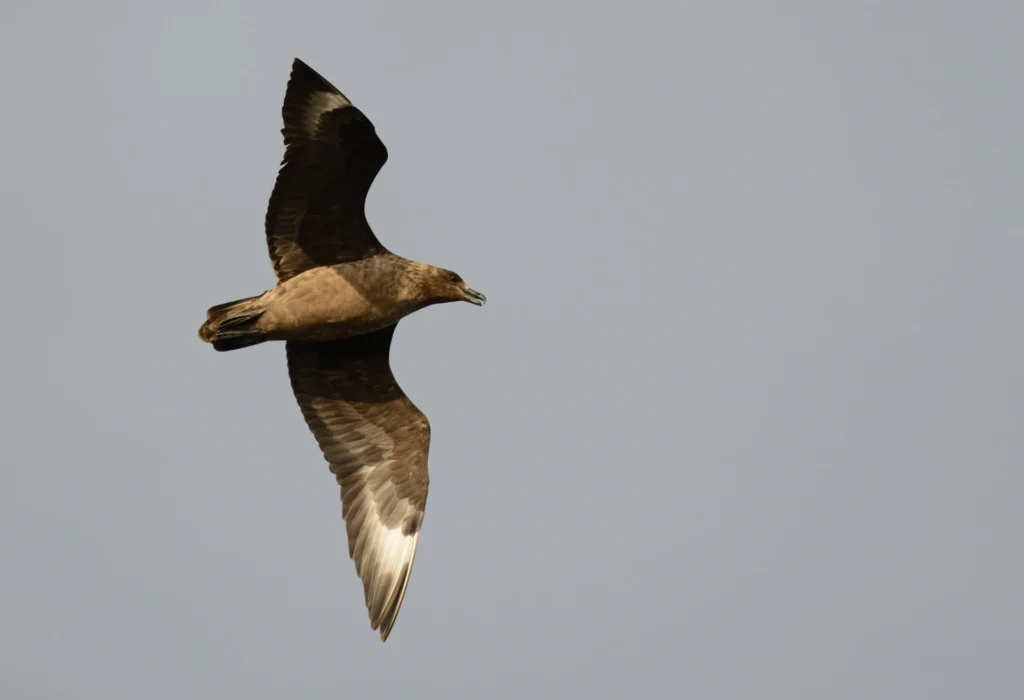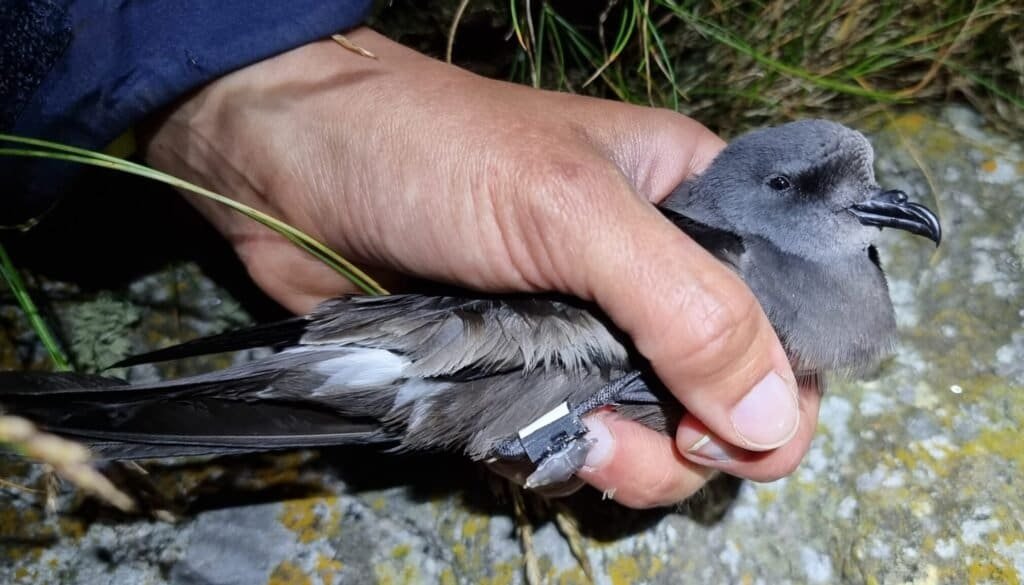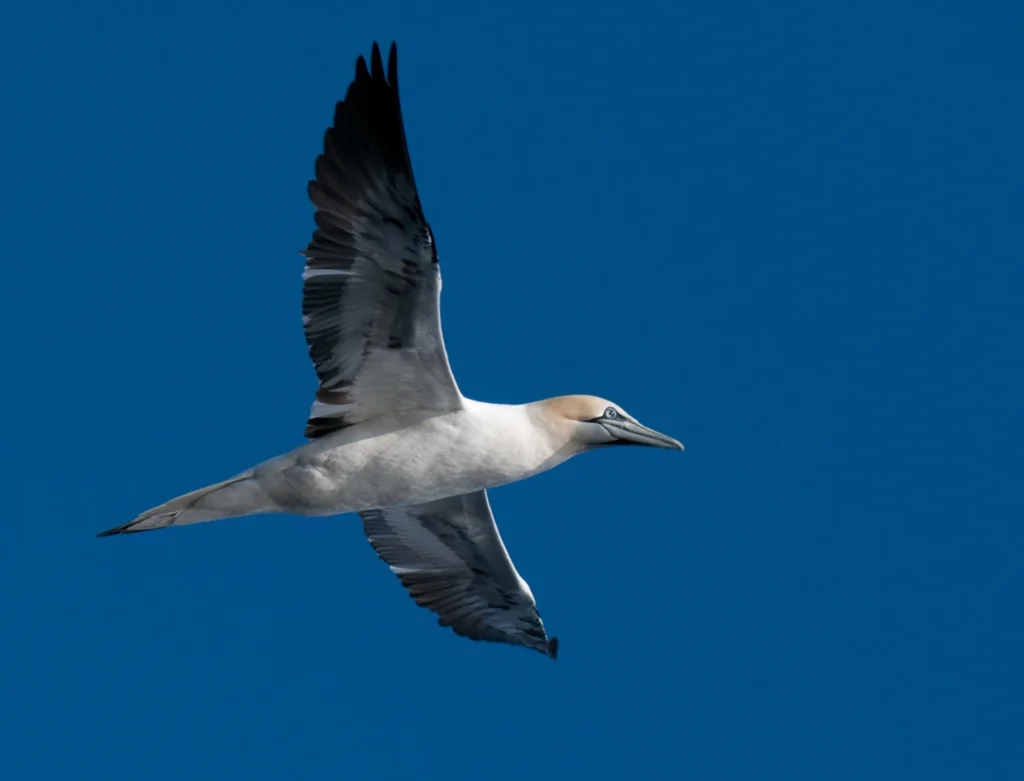The Faroe Islands (61.950°N x 6.798°W) are situated in the North-East Atlantic and consists of 18 islands and approx. 800 islets and skerries with a total area of 1399 km2. With 1117 kilometers of coastline, much of it cliffs, and surrounded by productive seas the Faroes has become home to large populations of various species of seabirds.

The Faroe Islands became part of the SEATRACK in 2014. Originally 8 species were included in the tagging scheme: Atlantic puffin, black-legged kittiwake, common guillemot, Northern fulmar, European shag, lesser black-backed gull, herring gull and the common eider. But because of the required effort the European shag was dropped already after the first year followed by the lesser black-backed gull, Herring gull and common guillemot the following year and it was decided to focus on the 4 species Atlantic puffin, black-legged kittiwake, Northern fulmar and the common eider.
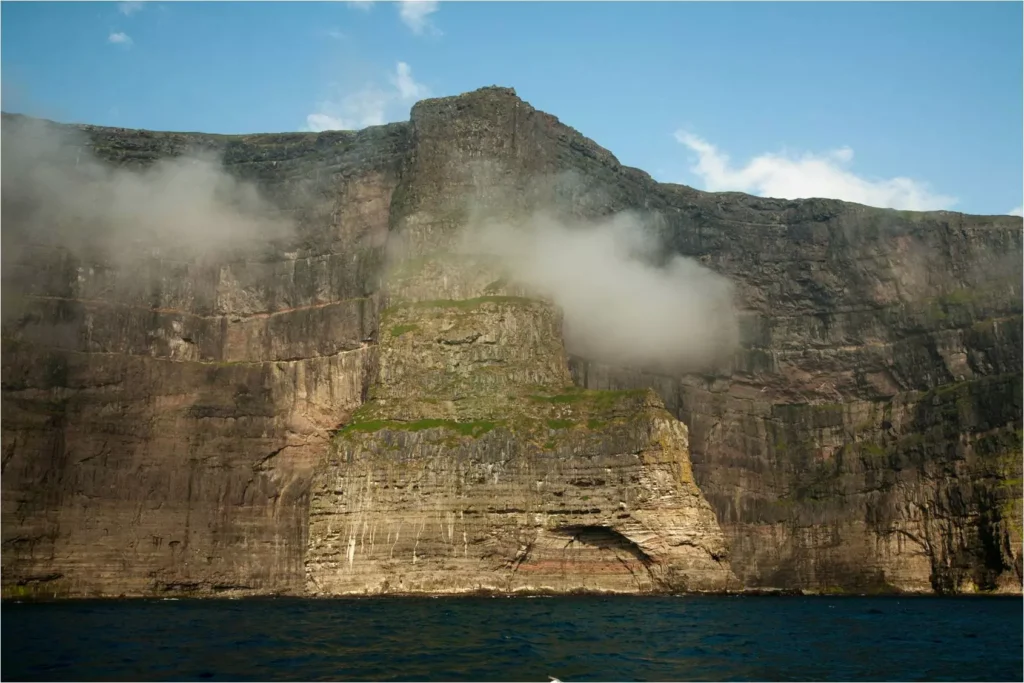
The main tagging areas on the Faroes are Skúgvoy (Atlantic puffin and black-legged kittiwake), Mykines (Northern fulmar) and Kirkjubøhólmur (common eider).

Seatrack partner

Bergur Olsen
Faroe Marine Research Institute

Janus Hansen
Faroe Islands National Museum
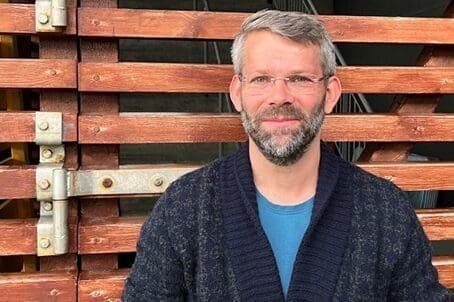
Jóhannis Danielsen
Faroe Marine Research Institute

Jón Aldará
Faroe Islands National Museum

Sjurdur Hammer
University of Faroe Islands
Data availability





